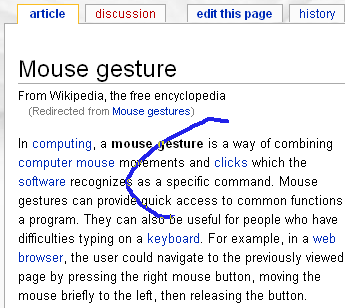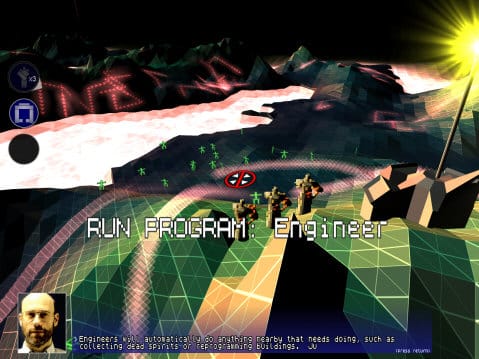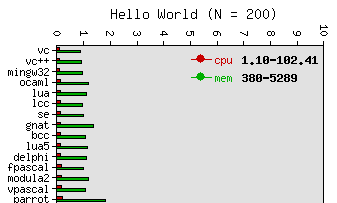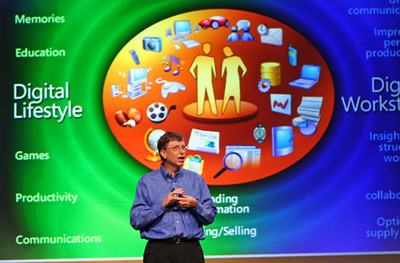
programming languages
Levelling Up in the IDE
I have nothing against World of Warcraft, but the Gamasutra editorial World of Warcraft Teaches the Wrong Things highlights one problem I have with the entire MMORPG* genre: [WOW teaches players that] investing a lot of time in something is worth more than actual skill. If you invest more time










